UP TO THE MINUTE
FEMA highlights Florida community as trailblazer for surviving monster hurricanes with better building practices
July 21, 2025 at 10:00 p.m.Hunters Point, an 86-home community in Cortez, survived extreme conditions thanks to advanced construction techniques used to enhance durability and safety.
During Hurricane Milton in 2024, winds in Cortez reached up to 110 mph, causing significant damage as the storm impacted the area. It was the same when Hurricane Helene also struck that fall. Overall, the damage caused by both were among the costliest natural disasters in U.S. history.
Yet while hundreds of thousands in Florida and the Gulf Coast were hit hard, one pioneering community weathered the storms virtually unscathed. The Federal Emergency Management Agency (FEMA) highlights Hunters Point, an 86-home community in Cortez, for its ability to survive such extreme conditions, thanks to advanced construction techniques used to enhance durability and safety.
In a case study, FEMA spotlights Hunters Point design and construction features that allowed it to stand up to extreme winds and hurricane conditions, including:
The use of hurricane-resistant materials
Hunters Point roofs are constructed from steel, which have been proven to be longer-lasting, resilient and durable against wind uplift. Installed correctly, quality metal roofs are rated to withstand up to F2 tornado wind speeds (F-scale stands for the Fujita Scale of Tornado Intensity, with F2 equaling wind speeds of 113-157 mph). They also resist leaks and are much less likely to puncture, tear or crack.
The FEMA case study offers additional proof that metal roofs are far better suited to Florida and the Gulf Coast’s climate and threat of monster storms. According to Florida officials at a hearing of the Senate Banking and Insurance Committee, asphalt shingle roofs — the most common type of roof in the U.S., including in the Gulf Coast region — only provide full protection against hurricane winds until they are about 10 years old.
FEMA points to other materials such as steel straps connecting each floor that create a continuous load path to enhance the building's ability to withstand high winds and windows equipped with hurricane-grade impact-resistant glass, as key features. The homes also are framed using two-by-six lumber instead of the standard two-by-fours, enhancing structural strength.
Elevation, structural integrity and power storage
According to FEMA, other factors that make Hunters Point resilient include being built 16 feet above the flood zone, significantly reducing the risk of flood damage. The homes’ solar panel systems are capable of providing and storing power for up to 10 days—essential during power outages and grid failures.
FEMA’s Hunters Point analysis highlights that “it is possible to build communities capable of withstanding extreme weather events.” And they don’t have to cost much more. As FEMA states, “the foresight shown by Hunters Point proves that there are affordable and highly cost-effective strategies that communities, local governments, landowners, developers and tenants can put into practice.”
For more information, visit Hunters Point: Leading the Charge in Hurricane Resilience | FEMA.gov and for guidance about how metal roofs can help homeowners weather severe climate conditions in their region, visit www.metalroofing.com. For additional homeowner testimonials about how to incorporate building practices that will survive hurricane threats, visit https://metalroofing.com/why-metal-roofing/testimonials/
About the MRA
Representing the residential metal roofing industry in the United States and Canada, the Metal Roofing Alliance (MRA) was formed to help educate consumers about the many benefits of metal roofing. For more information about MRA membership, residential metal roofing resources and tools, visit MRA at www.metalroofing.com.







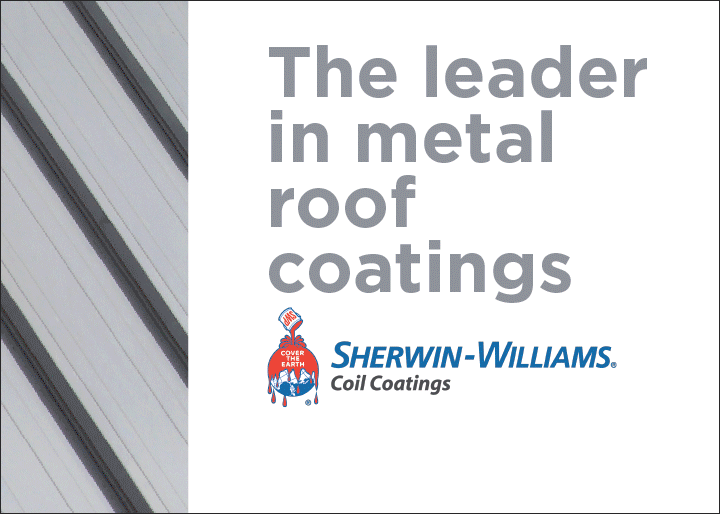
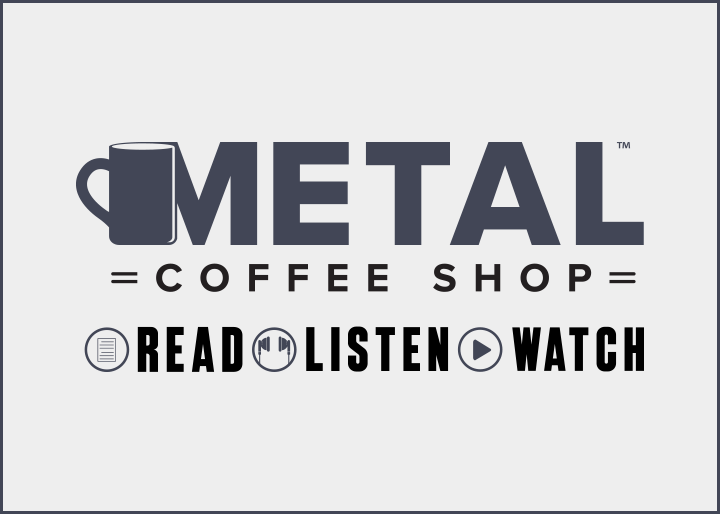

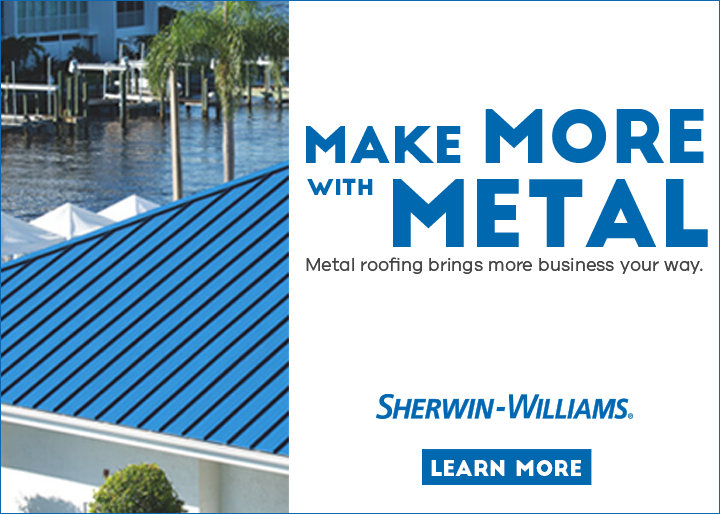
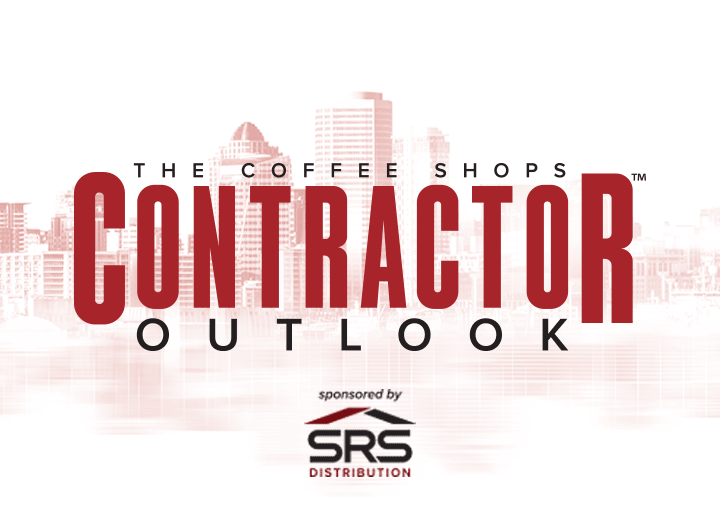
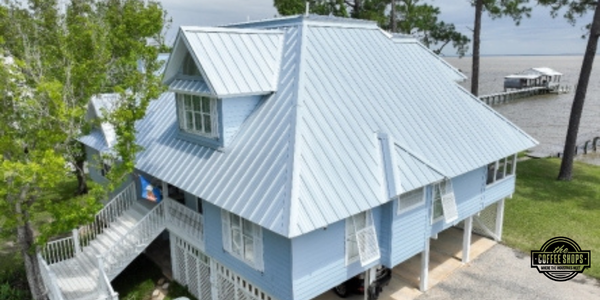
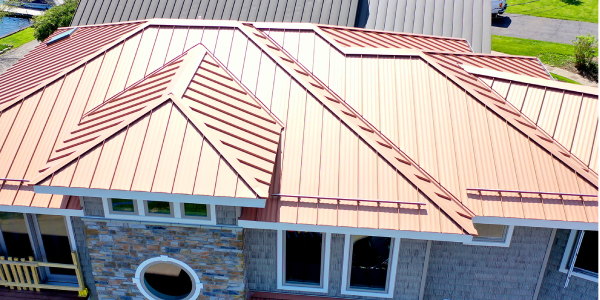
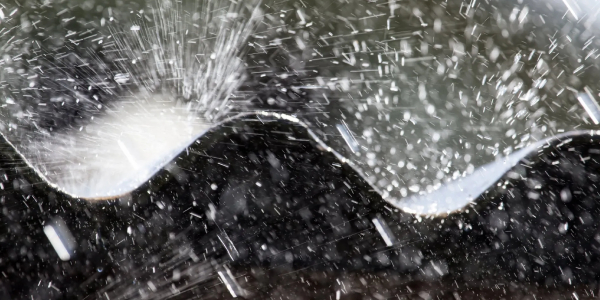
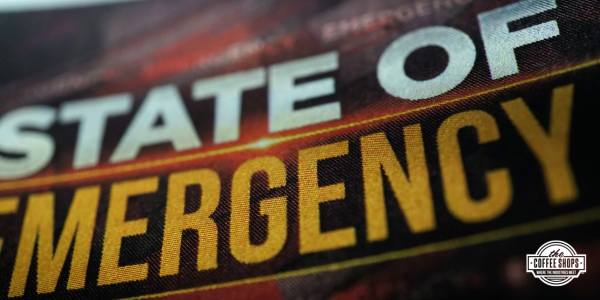

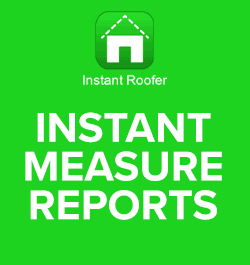

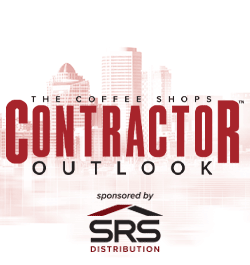

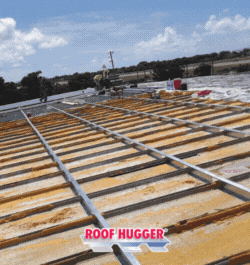
Comments
Leave a Reply
Have an account? Login to leave a comment!
Sign In